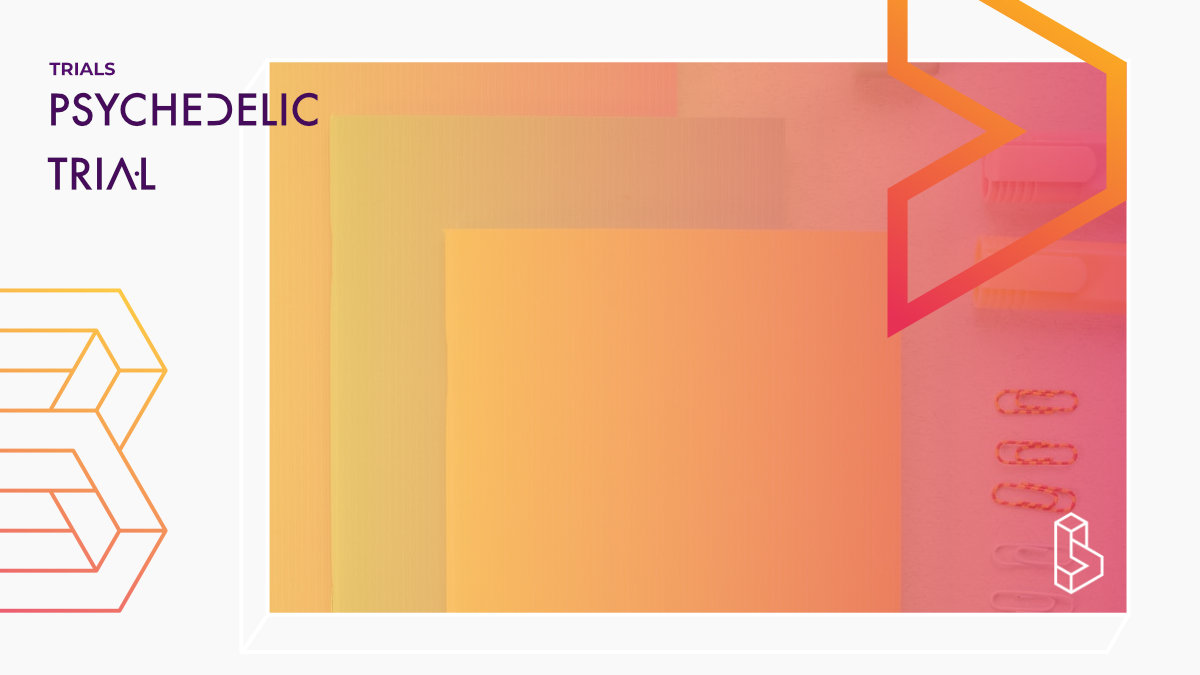The purpose of this study is to evaluate the efficacy and safety of switching elderly participants with treatment-resistant depression (TRD) from a prior antidepressant treatment (to which they have not responded) to either intranasal esketamine plus a new oral antidepressant or switching to a new oral antidepressant plus intranasal placebo.
Country United States of America
Visit trial
Status
Completed
Results Published
Start date
20 August 2015
End date
10 August 2017
Phase
Phase III
Design
Blinded
Type
Interventional
Generation
Second
Participants
139
Sex
All
Age
18- 64
Therapy
No
Trial Details
This is a randomized, double-blind (neither the researchers nor the participants know what treatment the participant is receiving), active-controlled, multicenter study (more than 1 study site) in elderly participants with TRD to assess the efficacy, safety, and tolerability of flexible doses of intranasal esketamine plus a newly initiated oral antidepressant compared with a newly initiated oral antidepressant (active comparator) plus intranasal placebo. The study will consist of 3 phases: Screening/Prospective Observational Phase (4 to 7 weeks), Double-blind induction Phase (4 weeks), Follow up Phase (2 weeks). Participants who roll over into a long-term open-label safety study will not participate in the Follow-up Phase. At the start of the Screening/Prospective observational Phase, a participant must have had documented nonresponse to at least one antidepressant treatment (based on Massachusetts General Hospital - Antidepressant Treatment Response Questionnaire [MGH-ATRQ] criteria) in the current episode of depression, and the participant is taking a different oral antidepressant treatment on the MGH-ATRQ for at least the previous 2 weeks at or above the minimum therapeutic dose. This antidepressant treatment will be discontinued prior to the double-blind Induction Phase. Participants taking benzodiazepines (at dosages equal to or less than the equivalent of 6 mg/day of lorazepam) and/or permitted non-benzodiazepine sleep medications (example, zolpidem, zaleplon) during the screening/prospective observational phase can continue these medications. All participants will start with the first dose (Day 1 as 28 milligrams [mg]); the second dose (Day 4) is either 28 or 56 mg. All subsequent doses maybe 28, 56 or 84 mg. After the first dose, all dosing decisions are determined by the investigator based on efficacy and tolerability. In addition, each participant will be assigned to receive 1 of 4 oral antidepressant medications from 2 different classes of antidepressant treatments, a Selective Serotonin Reuptake Inhibitor (SSRI) (escitalopram or sertraline) or a Serotonin and Norepinephrine Reuptake Inhibitor (SNRI) [duloxetine or venlafaxine extended-release (XR)], initiated on Day 1 and continued through the double-blind Induction Phase. Participants will be primarily evaluated for improvement in depressive symptoms as assessed by change in Montgomery Asberg Depression Rating Scale (MADRS) total score at Week 4. Participants' safety will be monitored throughout the study.Trial Number NCT02422186
Sponsors & Collaborators
Johnson & JohnsonOne of the largest pharmaceutical companies in the world, Johnson & Johnson are responsible for bringing esketamine to market in the form of Spravato.
Papers
Efficacy and safety of esketamine nasal spray by sex in patients with treatment-resistant depression: findings from short-term randomized, controlled trialsThis post hoc analysis of three RCTs using esketamine in patients with treatment-resistant depression (TRD) (n=721) found no sex differences when using esketamine for TRD. Across the three trials, it was found that the efficacy and overall safety of esketamine in patients with TRD were similar for both men and women. The most common adverse events in esketamine-treated patients were nausea, dissociation, dizziness, and vertigo, each reported at a rate higher in women than men.

